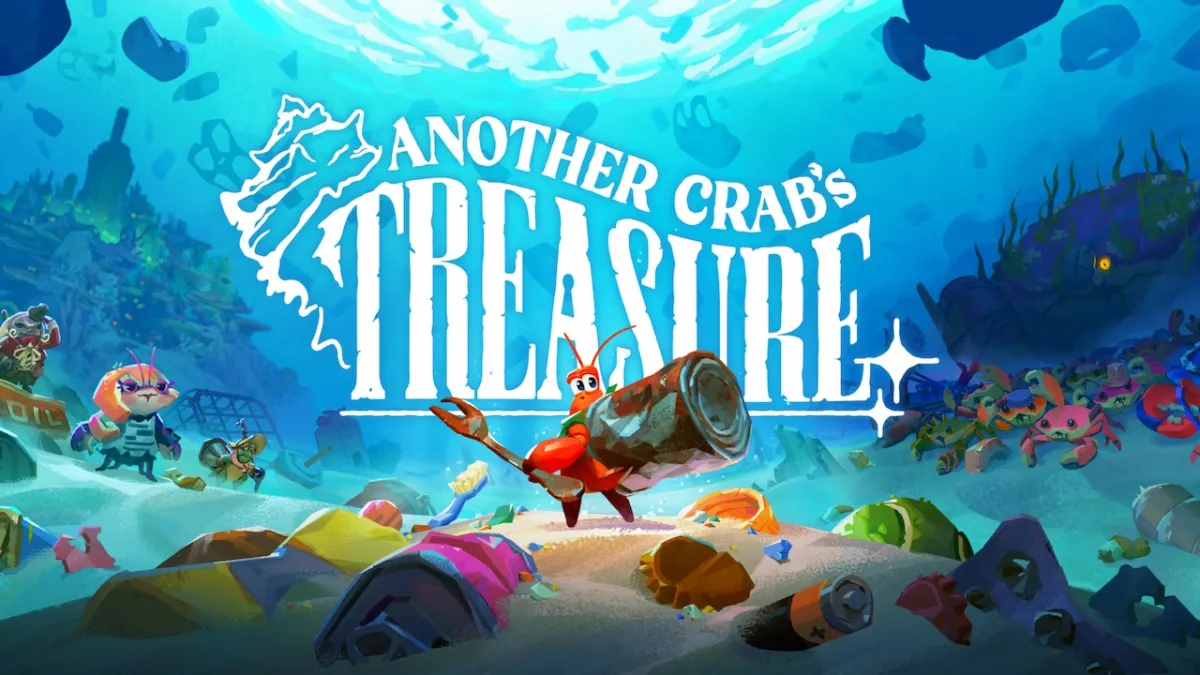Developer: Dontnod
Publisher: Square-Enix
Platform: PC [Reviewed], PlayStation 3, PlayStation 4, Xbox 360, Xbox One
Release Date: March 24, 2015
Price: $4.99 [Per episode]
It’s tough to talk about the happenings within an episodic adventure and not spoil its contents. However, you might be reading this to wonder whether or not to continue on purchasing future episodes, or even to start the journey of Max and her special abilities to alter immediate time. The Dontnod developed Square-Enix published game is detailed by its hand-painted art style and sophomoric voice acting. But, the teen-drama highlights itself with flares of profanity, drugs, and flavors of punk rock.
The second episode of the game introduces a few new faces to the growing cast of members of the Blackwell Academy, a collegiate institution located in Arcadia Bay. The city finds itself nestled against the waves of the Pacific Ocean along the Oregon coast, sitting just below forested hills. While this may not douse itself in mystery, the recent happenings and missing girl slowly reveal that there is something afoot. Max starts to question the validity of her reality and just how the reintroduction of her friend Chloe will help decipher its meaning. The question isn’t quite clear as to what these visions are, but rather when.
The main mechanic of the game is delivered in the form of time alteration. In the role of Max, you are tasked with observing, interacting, and searching in order to determine if premonitions about others are true, leaving you to determine if perception is in fact reality. And in that sense, the reality can be altered being that you can take back almost any action whether said or done. There is a rewind feature that can slowly backtrack to certain moments and choices made. Whereas, hitting the other rewind action will enact a complete leap backwards, enabling you to make different choices or selections in the convo tree. This becomes helpful in second-guessing yourself after making a decision that can be altered. However, there are certain portions of the game that cannot be undone.
This determination system is further emphasized in the second episode titled “Out of Time.” There are more situations introduced which challenge you to make more difficult decisions and determine how your story will play out. More environments are introduced around the academy grounds, like the girls shower room. Dependent on how comfortable you are, playing these areas can leave a sense of uneasiness, as if I wasn’t supposed to be there. But, there are more pertinent questions to be answered, like: Who is Rachel? Where did this time change ability come from? And, even: Why Max?
Other thoughts about Max start to form if you continue to explore the surroundings of Blackwell Academy. There are references to such books as “The October Country” by Ray Bradbury, and a few other works from him. There is also a depiction of “The Wringer Cow” done in the same art style as “The Catcher in the Rye” book cover. Looking deeper in to the meaning of both stories, we may infer that this could all be a hallucination from Max. She even has the same last name of Caulfield, which is the same as the main character of “The Catcher in the Rye.” While the decision making and adverse effects of rewinding may cause physical harm to Max, there is the bigger question as to whether it’s just her brain succumbing to a mental breakdown. This is something that digs its hooks into you as the story progresses and the more tertiary characters become involved in the main storyline.

Here is a comparison to The Catcher in the Rye seen on the right and The Wringer and the Cow seen on the left.
As we jump further into the happenings of the town and its inhabitants, there situations unfolding all around. Warren is still chasing Max with his adolescent heart, and Officer Madsen keeps a general shroud of creepiness in his aural spectrum. Watching your surrounds can become extremely helpful in finding clues about school peers, or about Max’s observations of people. Her thoughts can be heard as she makes comments on how stressed a woman looks as she’s waiting for the bus, or how much the city has probably changed in the eyes of the man standing adjacent to the woman. Conversation trees can be navigated with most characters, offering new things to be added to her personal journal that can be referenced in the options menu.
Max is introduced to some awareness that her “gift” isn’t to be taken lightly. For instance, she turns down the possibility of casually having sexual intercourse with random human beings, then reversing it like it never happened. Chloe does present some interesting topics of conversation.
The second episode drives a sense of discovery as we find out more about Chloe and her relation to Rachel. This begs the question as to who is responsible for Rachel’s disappearance, even offering to question my initial prediction as to what person was responsible for the potential crime. Again, there is more questioning about characters and initial assumptions made. This is what makes Life is Strange a different experience: having it seem like you have control of time alteration, which instead, throws a wrench in the gears of your ability to make decisions and stick with them.
The second episode also toys with your heart-strings. There are more questions about morality. Choosing a question on screen doesn’t always align with what you might do in real life, but rather, what you fear the outcome might be. There is a lot of that in “Out of Time,” which probably hints at the contents of the episode itself.
The Bottom Line:
I’m lost in the middle. On one hand, the game is beautifully created in this painted art style, tugs at emotions, and could easily kill you with curiosity. Moments like allowing Max to sit down and pluck the guitar along with the soundtrack is something to marvel, taking ones time in exploring the intricacies of a simple dorm room.
On the other, the game frustrates with at times limited conversation trees, with other more sprawling ones only used to have shallow conversations about cute boys, and even side-tracking puzzles that could have been better spent on exploration.
There is something about Life is Strange that is strange. There is still an inner debate as I continue on the journey of Max, bloody noses, and my new found ability of being granted take-backs, plus do-overs, but no cutsies.





